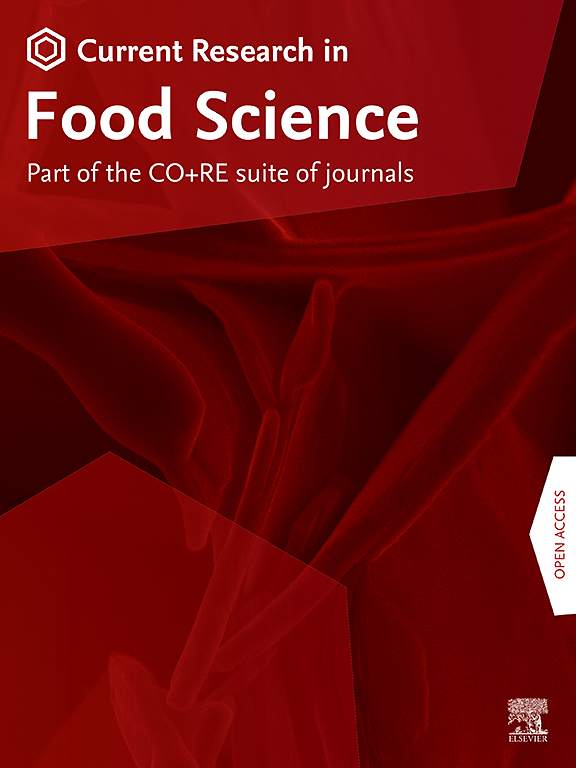A novel hybrid MCDM framework combining TOPSIS, PROMETHEE II, and VIKOR for peach drying method selection
IF 7
2区 农林科学
Q1 FOOD SCIENCE & TECHNOLOGY
引用次数: 0
Abstract
The selection of optimal drying technologies for peach processing presents a complex decision-making challenge due to multiple conflicting criteria. This study introduces a novel hybrid multi-criteria decision-making (MCDM) framework combining TOPSIS, VIKOR, and PROMETHEE II methods to evaluate eight drying technologies. The evaluation was conducted across twelve criteria, encompassing product quality, operational efficiency, economic factors, and environmental impact. Data were collected from five industry experts through structured matrices. The results demonstrate that vacuum drying emerged as the optimal technology, maintaining the top position in 75 % of sensitivity scenarios. Freeze drying and heat pump drying consistently ranked among the top three alternatives across all methods. The correlation analysis revealed strong agreement between VIKOR and PROMETHEE II rankings (0.857), while TOPSIS provided complementary insights. Sensitivity analysis identified energy consumption, investment cost, and nutritional retention as the most critical factors influencing technology selection. The findings indicate that advanced drying technologies significantly outperform traditional methods in terms of overall performance. This research provides a comprehensive framework for evidence-based decision-making in food processing technology selection and establishes quantitative benchmarks for future technology evaluations in the fruit drying industry.

结合TOPSIS、PROMETHEE II和VIKOR的桃子干燥方法选择混合MCDM框架
桃加工最佳干燥技术的选择是一个复杂的决策挑战,因为有多种相互冲突的标准。本文提出了一种结合TOPSIS、VIKOR和PROMETHEE II方法的新型混合多准则决策(MCDM)框架,对8种干燥技术进行了评价。评估通过12项标准进行,包括产品质量、运营效率、经济因素和环境影响。通过结构化矩阵从五位行业专家那里收集数据。结果表明,真空干燥是最优的技术,在75%的敏感性场景中保持最佳位置。冷冻干燥和热泵干燥在所有方法中始终名列前三名。相关性分析显示,VIKOR和PROMETHEE II排名之间存在很强的一致性(0.857),而TOPSIS则提供了互补的见解。敏感性分析发现,能源消耗、投资成本和营养保留是影响技术选择的最关键因素。研究结果表明,先进的干燥技术在整体性能方面明显优于传统方法。本研究为食品加工技术选择的循证决策提供了一个全面的框架,并为未来水果干燥行业的技术评价建立了定量基准。
本文章由计算机程序翻译,如有差异,请以英文原文为准。
求助全文
约1分钟内获得全文
求助全文
来源期刊

Current Research in Food Science
Agricultural and Biological Sciences-Food Science
CiteScore
7.40
自引率
3.20%
发文量
232
审稿时长
84 days
期刊介绍:
Current Research in Food Science is an international peer-reviewed journal dedicated to advancing the breadth of knowledge in the field of food science. It serves as a platform for publishing original research articles and short communications that encompass a wide array of topics, including food chemistry, physics, microbiology, nutrition, nutraceuticals, process and package engineering, materials science, food sustainability, and food security. By covering these diverse areas, the journal aims to provide a comprehensive source of the latest scientific findings and technological advancements that are shaping the future of the food industry. The journal's scope is designed to address the multidisciplinary nature of food science, reflecting its commitment to promoting innovation and ensuring the safety and quality of the food supply.
 求助内容:
求助内容: 应助结果提醒方式:
应助结果提醒方式:


